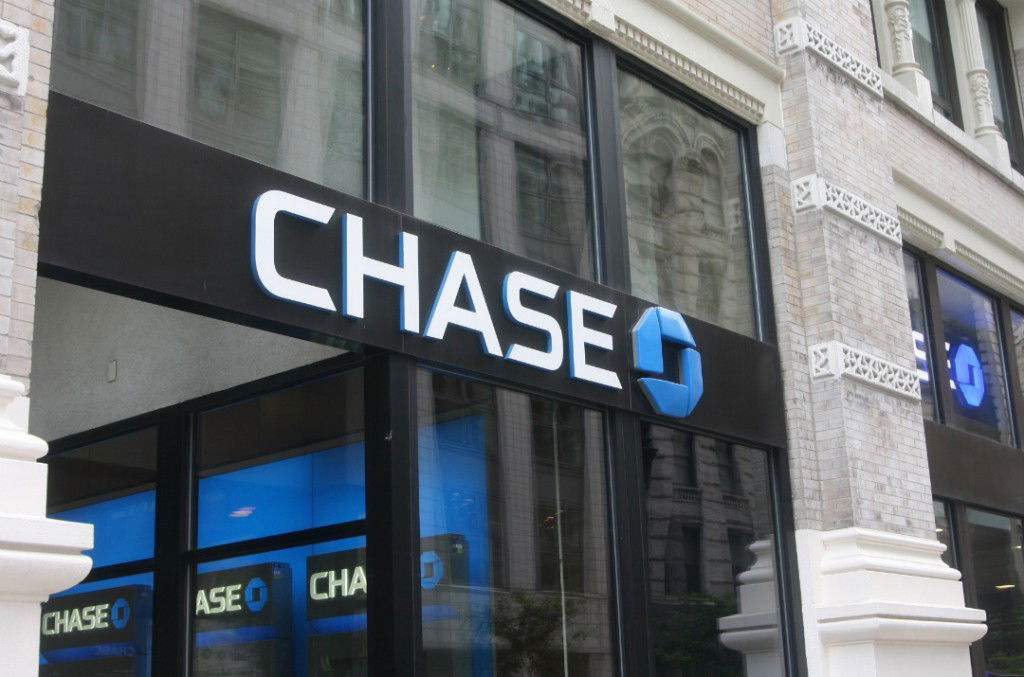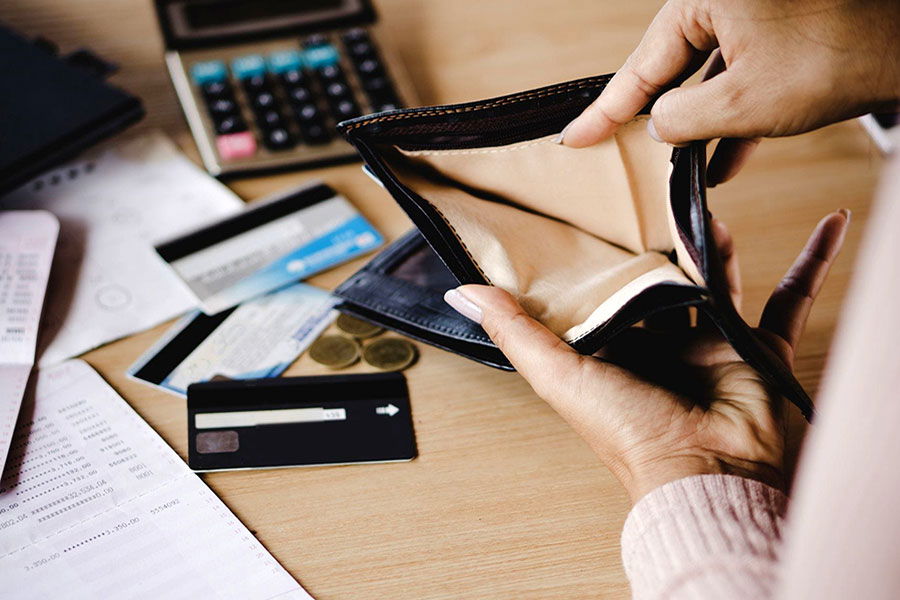Need cash fast but stuck with a low credit score? Getting a loan with bad credit isn’t easy, but some lenders are designed for borrowers in your situation—no payday loans required.
We’ve rounded up the top personal loan providers that work with bad credit. These lenders offer fast approval, flexible terms, and fairer rates than payday or title loans.
9 Best Personal Loans for Bad Credit
Each of these lenders is open to working with borrowers who have credit scores in the low 600s—or even lower. Whether you’re looking to consolidate debt, cover an emergency, or finance a major expense, these personal loan providers can help you get funded without sky-high fees or shady terms.
1. Upgrade
Upgrade is a top choice for borrowers with bad credit who want a flexible personal loan.
2. Upstart
Upstart is known for using non-traditional factors to evaluate your loan application, making it a solid choice if your credit history is limited or poor.
3. MoneyMutual
MoneyMutual is an online matching service for small short-term loans. Although it is not a direct lender, it can help you find the best lender for you.
4. NetCredit
NetCredit has a Built-In Credit-Builder program that ensures your payments are reported to two credit bureaus (Experian and TransUnion).
5. LendingPoint
LendingPoint targets poor and fair credit borrowers looking for a personal loan. You can borrow anywhere between $3,500 and $20,000 with interest rates ranging from 17.46% to 35.99% APR.
6. OneMain Financial
OneMain is a well-established lender specifically targeting individuals with bad credit. Typical APRs range from 25.10% and 36.00%.
7. CashUSA
CashUSA is an online lending portal that puts you in touch with offers from a partner lender.
8. BadCreditLoans.com
Rather than being a direct lender, BadCreditLoans.com serves as a loan marketplace that works with multiple lenders.
9. PersonalLoans.com
PersonalLoans.com is another loan marketplace where you get connected with a lender based on a single online form.

How Bad Credit Affects Your Loan Options
If your credit score is below 629, most lenders will see you as a high-risk borrower. This doesn’t mean you can’t get a personal loan—it just means your options will be more limited and the cost to borrow will be higher.
Lenders rely on your credit score to predict how likely you are to repay a loan. A low score usually signals missed payments, high debt, or limited credit history. Because of that, lenders either charge more interest to cover the risk or deny the application altogether.
Here’s what to expect when applying for a loan with bad credit:
- Higher interest rates: Most bad credit loans start around 20% APR, and some go much higher depending on the lender and state laws.
- Lower loan amounts: You may only qualify for $1,000 or $2,000, especially if your income is low or your debt is high.
- Fewer choices: Some lenders have strict credit score cutoffs. Others may only work with borrowers in certain states or require collateral.
- Tighter terms: Shorter repayment periods, origination fees, and stricter late payment policies are common.
Lenders charge more for bad credit loans because they have a higher chance of not being repaid. The extra interest helps them cover potential losses across all borrowers. It’s how they stay profitable while still offering loans to people with lower scores.
If you’re applying with poor credit, go in knowing that the rates won’t be great. The key is to compare multiple offers, avoid payday loans, and make sure the monthly payment fits your budget. That way, you’re getting the money you need without digging yourself into a deeper hole.
Types of Loans for Bad Credit
Not all bad credit loans work the same way. Here are the most common types to know about:
- Unsecured Personal Loans – No collateral required. Approval is based mostly on your credit score, income, and debt levels.
- Secured Loans – Require collateral such as a car, home, or savings account. These loans often come with lower interest rates, but you risk losing the asset if you miss payments.
- Joint Loans – You apply with a co-borrower who shares equal responsibility for the loan and repayment. Both credit profiles are considered.
- Co-Signed Loans – A cosigner with good credit helps you qualify, but only you use the funds. If you miss payments, the cosigner is on the hook.
- Payday Loans – Small, short-term loans with extremely high interest rates. Payday loans are usually best avoided unless you have no other options and can repay quickly.
- Cash Advances – Taken from a credit card’s available balance. Fast, but often come with high fees and no grace period on interest.
- P2P Loans – Peer-to-peer lending through online platforms. Some allow lower credit scores, but may charge higher interest to offset risk.
- Home Equity Loans & HELOCs – Let you borrow against your home’s equity. Available to homeowners even with bad credit, but you risk foreclosure if you default.
Where to Get a Loan With Bad Credit
You don’t need perfect credit to get approved—but where you apply matters. Some lenders are more flexible than others, and your chances improve if you focus on the right places.
- Online lenders – These are often the best option for bad credit borrowers. Applications are fast, funding is quick, and many lenders consider more than just your credit score.
- Credit unions – These member-owned institutions tend to be more lenient with credit requirements. You may need to apply in person or meet eligibility rules to join.
- Community banks – If you already have a checking or savings account, a local bank might be willing to work with you—especially if you’ve built up a good relationship.
- Loan marketplaces – These platforms let you fill out one form and receive offers from multiple lenders. It’s a quick way to compare options and prequalify without hurting your credit.
How to Get Approved With Bad Credit
Getting approved for a personal loan with bad credit isn’t impossible—you just need to know what lenders are looking for. Here are a few ways to boost your chances:
- Show steady income – Even with poor credit, consistent paychecks can help convince a lender that you’re capable of repaying the loan.
- Know your credit score – Review your credit reports and check for any errors that could be dragging down your score.
- Prequalify online – Use lenders that offer soft credit checks. This lets you see potential offers without impacting your score.
- Meet income requirements – Most lenders have a minimum monthly or annual income requirement. Make sure your income is verifiable.
- Lower your DTI – Your debt-to-income ratio plays a big role in approval. Paying off small balances can help bring this number down.
- Use a cosigner or co-borrower – If your credit is low, applying with someone who has better credit can improve your odds and possibly lower your rate.
How to Spot a Bad Credit Loan Scam
Some lenders target borrowers with poor credit using shady tactics and high-pressure sales. Before you sign anything, make sure the lender checks out.
- Guaranteed approval – No legitimate lender guarantees approval before reviewing your credit and income.
- Upfront fees – If someone asks for payment before you receive your loan, it’s likely a scam. Real lenders deduct fees from the loan amount—not before.
- No business address – If the company has no physical location or contact info, skip it. Even online lenders should have a verifiable address.
- High-pressure tactics – Real lenders give you time to review your loan offer. If someone is rushing you to decide, walk away.
- No credit check – Some payday lenders and scammers avoid credit checks to lure in desperate borrowers. These loans often come with excessive fees and interest rates.
Stick with lenders that are transparent, licensed in your state, and have clear terms. Always read the fine print before accepting an offer.
Should you fix your credit before borrowing?
If you don’t need the money right away, improving your credit before applying for a loan could save you thousands in interest. Even moving your score from “poor” to “fair” can unlock lower rates, better loan terms, and more lender options.
That said, not everyone has time to wait. If you’re dealing with a medical bill, car repair, or housing emergency, it might make sense to apply now—even if the rates are higher. But if the loan isn’t urgent, it’s usually smarter to work on your credit first.
Here are a few quick ways to raise your score:
- Dispute errors – Review your credit reports for mistakes. If you find incorrect late payments or balances, file a dispute with the credit bureau.
- Pay down cards – Lowering your credit utilization ratio can give your score a quick boost. Focus on revolving debt first, like credit cards.
- Get current on missed payments – If you’ve fallen behind, bring your accounts up to date. Payment history is the biggest factor in your credit score.
- Ask for credit limit increases – If you have good payment history, some card issuers will raise your limit without a hard pull. That helps lower your utilization ratio.
Need help speeding up the process? Check out our credit repair reviews page for a list of reputable credit repair companies that can get you started today.
How much extra interest will you pay?
Bad credit doesn’t just limit your options—it also makes borrowing more expensive. The lower your score, the higher your APR will likely be. While borrowers with excellent credit may qualify for rates around 8% to 12%, bad credit loans often start at 20% and can go well above 30%.
You’ll also need to watch for origination fees, which are typically 1% to 10% of the loan amount. These fees are deducted from your loan before you receive the funds, so be sure to factor that in when deciding how much to borrow.
Here’s a basic comparison:
- Good credit loan: $10,000 at 10% APR for 3 years → roughly $323/month, $1,630 total interest
- Bad credit loan: $10,000 at 28% APR for 3 years → roughly $427/month, $5,372 total interest
That’s a difference of nearly $4,000—just based on your credit score.
To understand your total cost before applying, use an online loan calculator. It’ll help you estimate your monthly payments and long-term interest based on the loan amount, rate, and term.
When a Bad Credit Loan Might Make Sense
Not every situation justifies taking out a high-interest loan. But in some cases, it can still be the right call—especially if the need is urgent and you’ve ruled out safer alternatives.
A bad credit personal loan might make sense if:
- You’re facing an emergency – If you need to cover medical bills, car repairs, or avoid eviction, a loan may be your only option to stay afloat.
- You’re consolidating debt – If the interest rate on your loan is lower than what you’re paying on credit cards or other debt, it could help you pay off balances faster.
- You have a short-term cash gap – If you know you’ll have the money to repay the loan soon, and you’re confident in your ability to make the payments, a small loan could help you stay on track.
Make sure the monthly payment fits your budget and won’t create more financial stress down the line.
Alternatives to Bad Credit Personal Loans
Before locking in a loan with high interest, consider whether one of these lower-risk alternatives might meet your needs:
- Credit counseling services – Nonprofit credit counselors can help you create a budget, negotiate with creditors, and avoid high-interest debt.
- Paycheck advances from employer – Some employers offer early access to earned wages with no fees or interest.
- Borrowing from family – If it’s an option, borrowing from someone you trust could save you from fees and high rates—but be clear about repayment terms upfront.
- 0% APR credit cards – If your score is at least fair, you might qualify for a card with a promotional interest-free period. Great for short-term financing if you can repay it before the promo ends.
- Local assistance programs or nonprofits – Depending on your situation, you may qualify for help with housing, food, utilities, or emergency expenses. Check with local agencies to explore available programs.
Final Thoughts
Getting a personal loan with bad credit is possible—but it’s not always the smartest financial move. If you’re dealing with a true emergency and can repay the loan on time, the right lender can help you get through a tough spot without turning to payday loans.
But if the expense can wait, improving your credit first can open the door to better rates, bigger loan amounts, and less stress. A few small steps—like paying down balances or correcting credit report errors—can make a big difference.
Whatever you decide, compare offers carefully, avoid scams, and make sure the monthly payments fit your budget. The goal isn’t just getting approved—it’s making sure the loan actually helps you, not hurts you.












